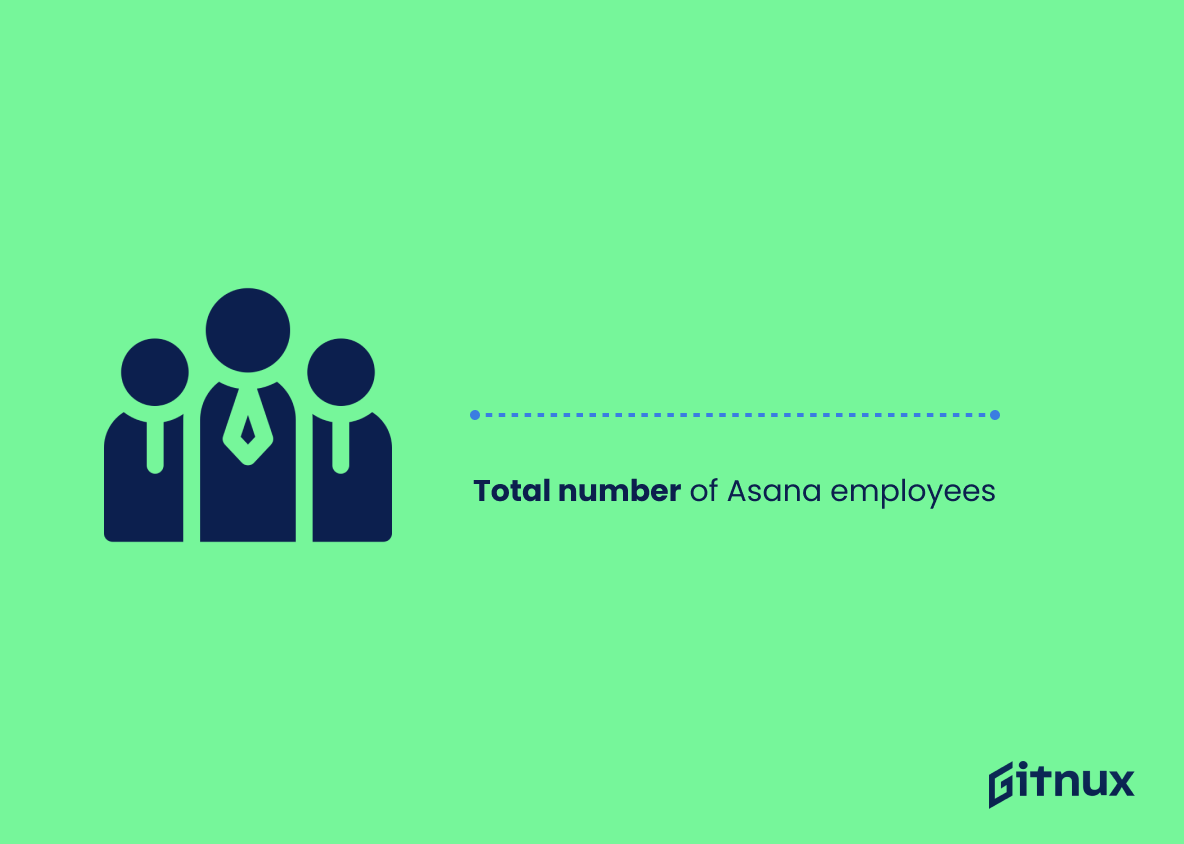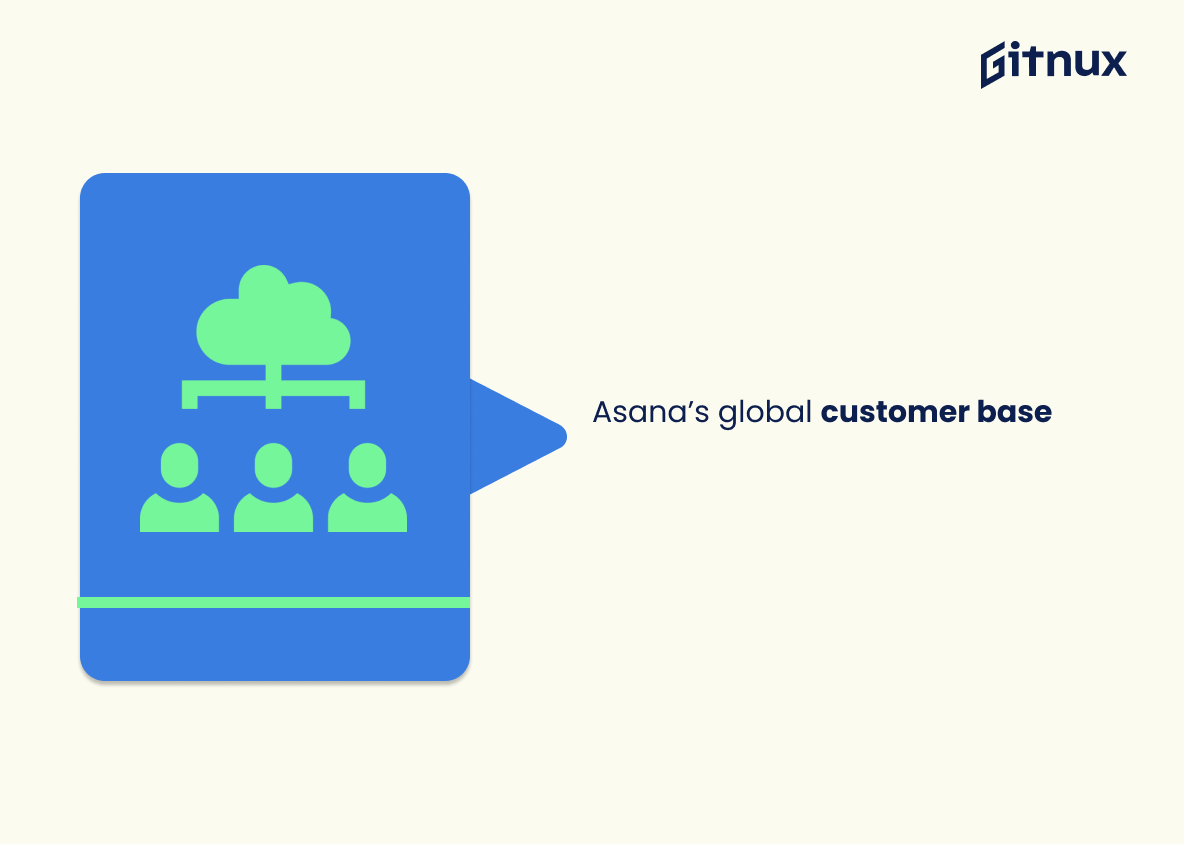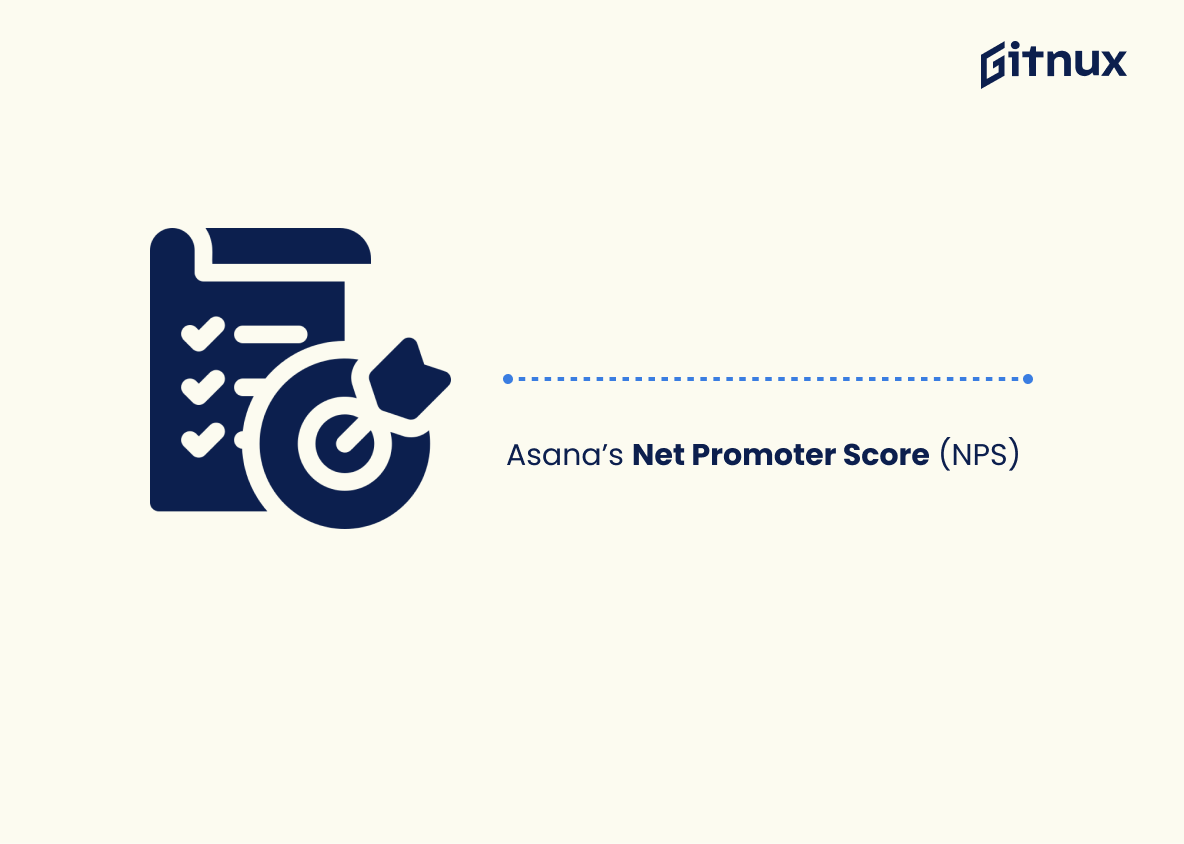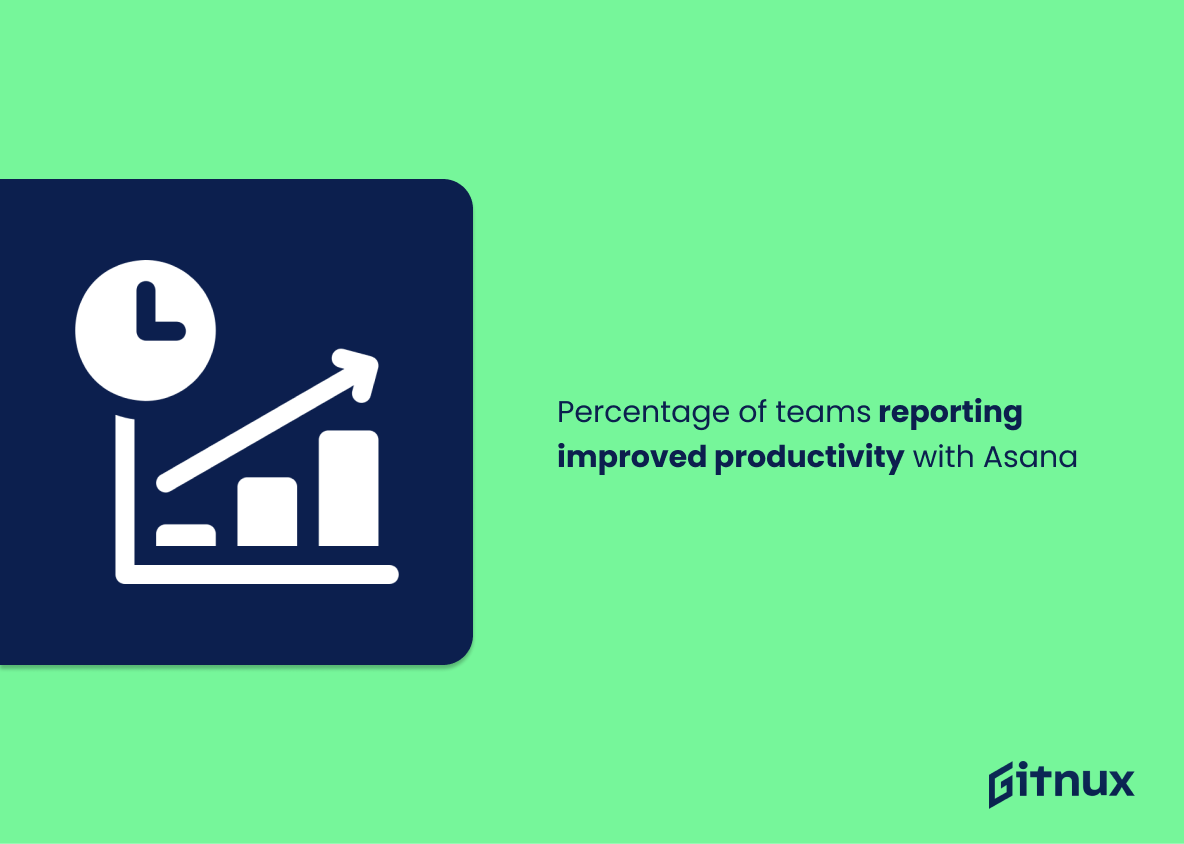Welcome to my blog post about Asana Statistics. In this article, I will be discussing some general statistic ideas that you can research further through online sources. From the number of paying customers using Asana to the amount of funding raised by them since inception, there are many interesting statistics available for analysis. Additionally, I will provide URLs where you can find more information on each topic discussed in this post. So let’s get started and explore what data is out there about Asana.
The number of paying customers using Asana is a key indicator of the success of the platform. It speaks to the value that users are finding in the product, and the trust they have in it to help them manage their projects and tasks. This statistic is a testament to the effectiveness of Asana’s features and the dedication of its team to providing a quality product.
Number of tasks created on Asana daily
The number of tasks created on Asana daily is a key indicator of the platform’s success. It speaks to the level of engagement users have with the platform, and how well Asana is meeting their needs. By tracking this statistic, we can gain insight into how Asana is being used, and how it can be improved to better serve its users.
Asana Statistics Overview
Percentage of completion rate of tasks in Asana
The completion rate of tasks in Asana is a key indicator of the effectiveness of the platform. It speaks to the ability of users to efficiently and effectively manage their tasks and projects, and provides insight into how well Asana is helping them to achieve their goals. By understanding the completion rate of tasks in Asana, we can gain a better understanding of how the platform is being used and how it can be improved.
Asana’s annual revenue
The annual revenue of Asana is a key indicator of the company’s success and growth. It provides insight into the company’s financial performance and how well it is doing in the market. This statistic is a valuable piece of information for anyone looking to understand the company’s progress and potential.
Total number of Asana employees
The total number of Asana employees is a key indicator of the company’s success and growth. It speaks to the level of commitment and dedication that the company has to its mission and vision, and the number of people who are working hard to make it a reality. It also reflects the level of trust and loyalty that Asana has earned from its employees, which is essential for any successful business. This statistic is a testament to the strength of Asana’s culture and the impact it has had on the lives of its employees.
Asana’s global customer base
The size of Asana’s global customer base is a testament to the company’s success and popularity. It speaks volumes about the trust and loyalty that customers have in the product, and the impact it has had on businesses around the world. This statistic is a powerful indicator of Asana’s success and a great way to showcase the company’s accomplishments.
The number of countries where Asana is being used
This statistic is a testament to the global reach of Asana, demonstrating its ability to transcend geographical boundaries and be used by people from all corners of the world. It speaks to the versatility and effectiveness of the platform, and serves as a reminder of its potential to revolutionize the way people work.
Asana’s stock price (ASAN) and market capitalization
The stock price and market capitalization of Asana (ASAN) are indicative of the company’s overall financial health and performance. This statistic is a key indicator of how investors view the company and its prospects for future growth. It is also a reflection of the company’s ability to generate revenue and profits, as well as its ability to attract and retain customers. As such, this statistic is an important factor to consider when evaluating Asana’s success and potential for future success.
Number of Asana integrations with other tools
The number of Asana integrations with other tools is a key indicator of the platform’s success and versatility. It speaks to the platform’s ability to seamlessly integrate with other tools, allowing users to maximize their productivity and efficiency. This statistic is a testament to Asana’s commitment to providing users with the best possible experience.
Asana’s Net Promoter Score (NPS)
The Net Promoter Score (NPS) of Asana is a key indicator of how customers view the company’s products and services. It provides a valuable insight into customer satisfaction, loyalty, and overall opinion of the company. By understanding the NPS, Asana can identify areas of improvement and develop strategies to increase customer satisfaction. This statistic is essential for any blog post about Asana Statistics, as it provides a comprehensive overview of the company’s performance and customer sentiment.
Number of Asana certified professionals
The number of Asana certified professionals is a testament to the success of the platform. It shows that Asana is a trusted and reliable tool for businesses and individuals alike, and that it is being used by a large number of people. This statistic is a reflection of the impact Asana has had on the productivity and efficiency of its users, and it is a great indicator of the platform’s success.
Number of language options available in Asana
The number of language options available in Asana is a key indicator of the platform’s global reach. It speaks to the platform’s commitment to providing a user experience that is accessible to people from all walks of life, regardless of their native language. This statistic is a testament to the platform’s commitment to inclusivity and its ability to bridge cultural divides.
Percentage of teams reporting improved productivity with Asana
The statistic of the percentage of teams reporting improved productivity with Asana is a testament to the efficacy of the platform. It speaks to the power of Asana to help teams become more organized and efficient, and is a key indicator of the success of the platform. This statistic is a powerful reminder of the value that Asana brings to teams, and is an important part of any discussion about Asana Statistics.
Asana’s number of technology company partners
The number of technology company partners that Asana has is a testament to the trust and reliability that the company has earned in the industry. It speaks volumes about the quality of their products and services, and the level of satisfaction that their customers have with them. This statistic is a clear indication that Asana is a leader in the field of project management and collaboration solutions.
Conclusion
In conclusion, Asana is a powerful project management tool that has seen tremendous growth in recent years. With its wide range of features and integrations, it’s no wonder why so many businesses are turning to Asana for their project needs. To gain an even better understanding of the success of this platform, I have provided some general statistics ideas along with relevant URLs where you can find more detailed information on each statistic. For accurate and up-to-date data points about Asana’s performance, please conduct your own research using these resources or other online sources available to you.
References
0. – https://www.linkedin.com
1. – https://www.academy.asana.com
2. – https://www.asana.com
3. – https://www.macrotrends.net
4. – https://www.featuredcustomers.com
5. – https://www.asana.com
ZipDo, cited June 2023: Asana Statistics












